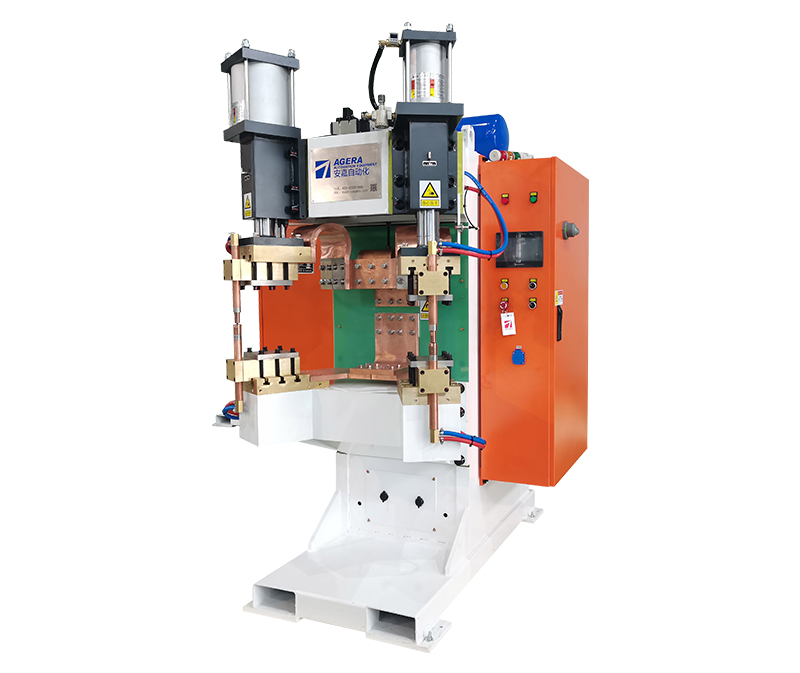How to Resolve the Overheating Issue in Nut Spot Welding Machines?
Spot welding is a vital process in various industries, often involving the use of nut spot welding machines. These machines join two pieces of metal together by creating a strong electrical current between two electrodes, effectively melting and fusing the metals. However, a common problem encountered in the operation of these machines is overheating. This article will discuss the causes of overheating in nut spot welding machines and offer solutions to address this issue effectively.
Causes of Overheating:
- Inadequate Cooling System: Nut spot welding machines are equipped with cooling systems to dissipate heat generated during the welding process. Overheating can occur if these cooling systems are clogged, malfunctioning, or not properly maintained. Regularly inspect and clean cooling components to ensure they function optimally.
- Excessive Current: Running the machine at higher than recommended current settings can lead to overheating. Ensure that you are using the appropriate settings for the thickness and type of material being welded. Consult the machine’s manual for guidance.
- Poor Electrode Maintenance: Electrodes play a crucial role in the welding process. If they are worn out or improperly aligned, they can generate excessive heat. Regularly inspect and maintain the electrodes, and replace them when necessary.
- Inconsistent Pressure: Inconsistent pressure between the electrodes and the workpiece can lead to overheating. Make sure that the machine exerts a consistent and adequate pressure during the welding process.
- Ambient Temperature: High ambient temperatures can contribute to the overheating of the welding machine. Ensure the workspace is adequately ventilated and, if possible, control the room temperature to a comfortable level for the machine’s operation.
Solutions to Overheating:
- Regular Maintenance: Implement a strict maintenance schedule for your nut spot welding machine. This includes cleaning the cooling system, inspecting and maintaining electrodes, and checking for any loose or damaged components.
- Optimize Current Settings: Use the recommended current settings for the specific welding job. Avoid exceeding these settings to prevent overheating. It’s essential to understand the material thickness and type to make informed decisions.
- Electrode Care: Keep the electrodes in good condition by sharpening or replacing them as needed. Proper alignment is crucial to ensure even contact with the workpiece.
- Pressure Control: Check and maintain the pressure system of the welding machine. Make sure it exerts consistent and appropriate pressure during welding.
- Cooling System: Ensure the cooling system is clean and functioning efficiently. This includes cleaning or replacing filters, checking for coolant leaks, and ensuring the system’s overall integrity.
- Ventilation: Improve the workspace’s ventilation to help dissipate excess heat. Consider installing additional fans or air conditioning if necessary.
By addressing these common causes and implementing the suggested solutions, you can effectively prevent overheating issues in your nut spot welding machine. Regular maintenance and careful attention to welding parameters will not only enhance the machine’s performance but also extend its service life, ultimately benefiting your production processes.
